25 Things You Never Knew About the $100 Bill
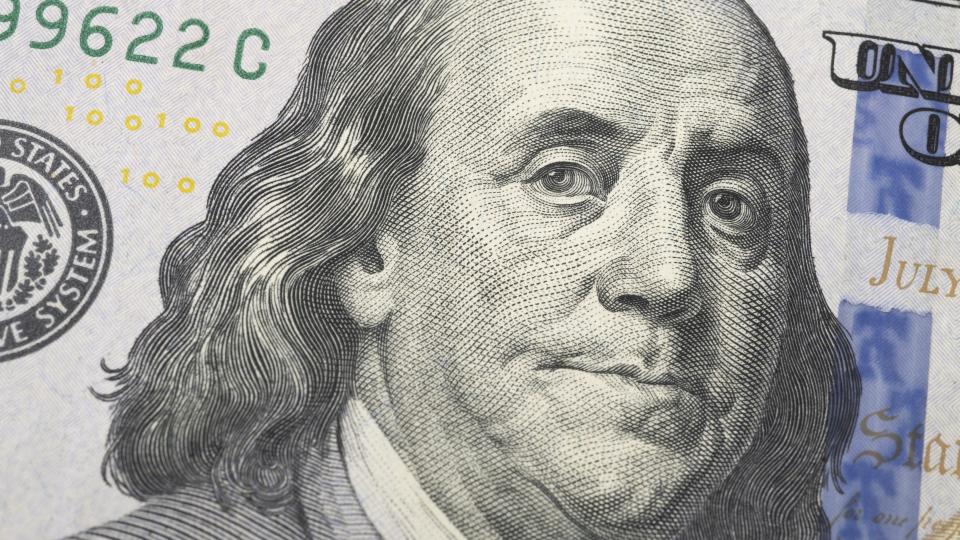
You probably know the $100 bill is the largest note currently produced by the U.S. Department of the Treasury. You're also likely aware of which Founding Father is on the $100 bill -- politician and inventor Benjamin Franklin. There's a lot more history behind this bill, however.
More: Check Your $2 Bills -- They Could Be Worth Upwards of $4,500
Here: How To Build Your Savings From Scratch
The $100 bill is more than just a way to pay for bigger purchases -- it contains a great deal of fascinating American history. Take a few minutes to discover these interesting facts about your money.
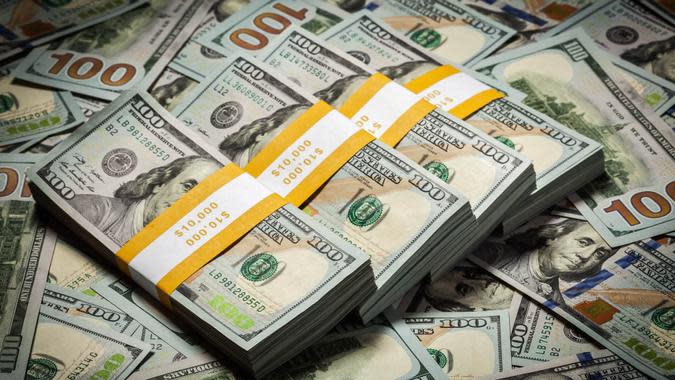
It's the Highest-Circulated Bill
The $100 bill is the most circulated form of U.S. currency. As of Dec. 31, 2022, there were 18.5 billion Benjamins currently in circulation, according to the Federal Reserve Bank. The $1 bill is second with 14.3 billion, followed by the $20 bill with 11.5 billion. In 2017, there were only 12.7 billion $100 notes in circulation.
$2,000 Quarter? Check Your Pockets Before You Use This 2004 Coin
Cash App Borrow: How To Borrow Money on Cash App
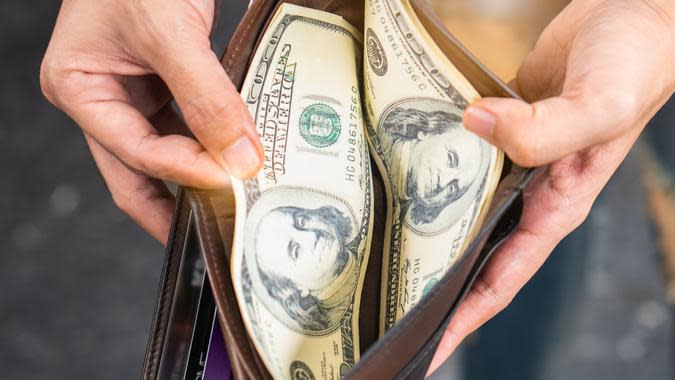
It's the Second-Most Printed Currency ...
The Federal Reserve gave approval to print up to 8.7 billion currency notes in 2023. Nearly 1.5 billion of them will be $100 bills, second only to the $1 denomination.
I'm a Financial Planning Expert: Here Are 5 Things You Should Never Spend Money on If You Want To Be Rich
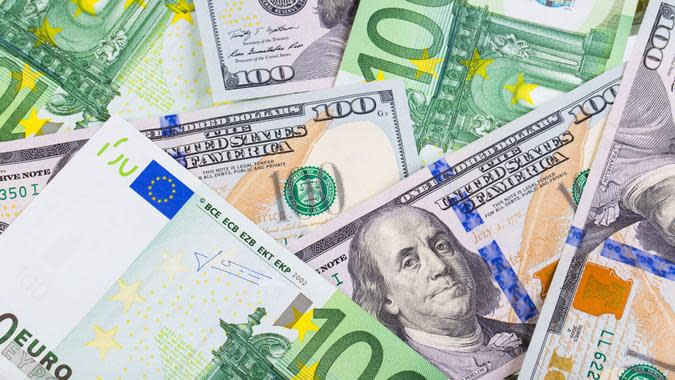
... But Most $100 Bills Aren't in America
Our $100 bills are very popular internationally. In 2018, the Federal Reserve Bank of Chicago issued a paper that estimated that as many as 80% of the $100s in circulation were being held outside the country. The report attributed that to "economic and political instability" abroad.
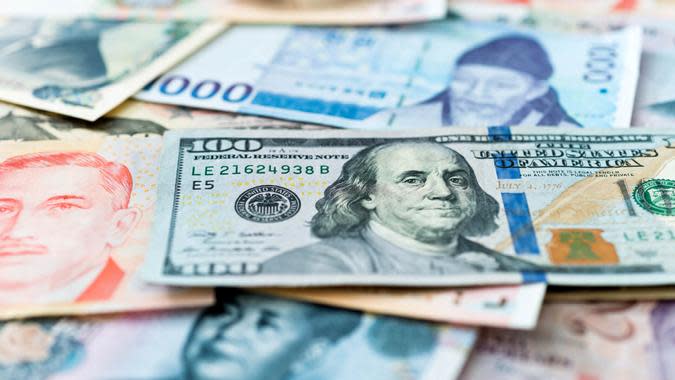
The International Popularity Benefits the Economy
Thanks to that, up to 80% of the $100 bills being circulated reside overseas. They act almost like an interest-free loan for the economy since most of that currency won't return stateside.
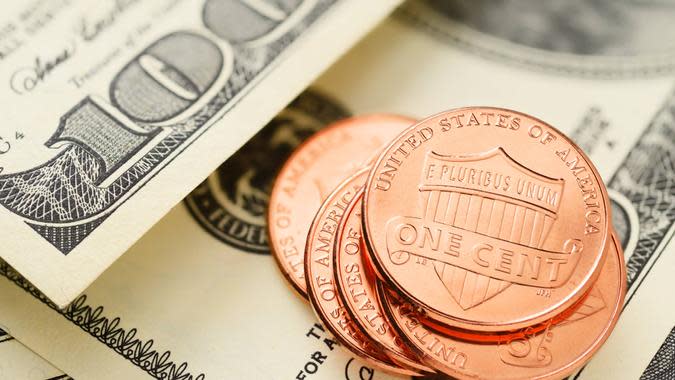
It Costs 8.6 Cents to Produce
Every $100 bill comes with a production cost of 8.6 cents, according to the Federal Reserve. Print costs cover essentials such as paper, ink, labor and overhead costs to print.
The $100 bill is the most expensive U.S. currency to print because of its security features. Printing cost of a $1 bill is just 2.8 cents each. The $100 bill includes components such as a 3-D security ribbon that changes from bells to 100s when moved, and a bell that seems to appear and disappear within the inkwell.
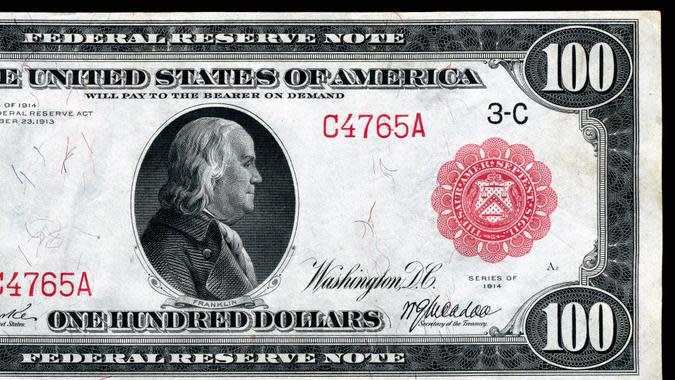
The First $100 Bill Was Printed in 1914
Even though the first $100 "Interest-Bearing Notes" were issued in 1861, the first $100 Federal Reserve Notes -- aka money as it's currently known -- were printed with Benjamin Franklin gracing the front, just like it is today.
Check Out: 9 Bills You Should Never Put on Autopay
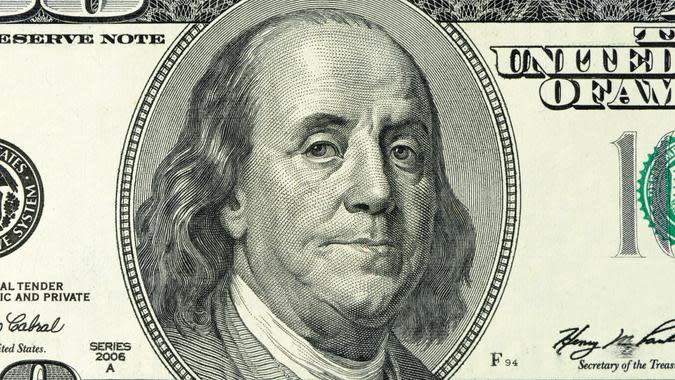
Benjamin Franklin Has Been on It for Over 100 Years
Although many people think there is a $100 bill with a president's face, the truth is that Benjamin Franklin's face graces this note -- and has since 1914. Since then, the currency has gone through several re-issues, but it has remained the Benjamin Franklin $100 bill.
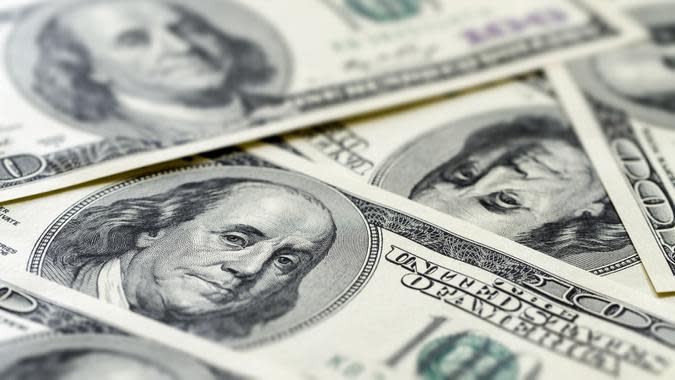
The Franklin Association Is Uncertain
If you're like many Americans, you might be wondering, "Why is Benjamin Franklin on the $100 bill?" After all, he was never president like George Washington or Abraham Lincoln.
The truth is, there's a lack of credible information for the reason his portrait graces the currency. It likely has something to do with Franklin being one of the Founding Fathers, alongside Washington, John Adams, Thomas Jefferson, James Madison, Alexander Hamilton and James Monroe.
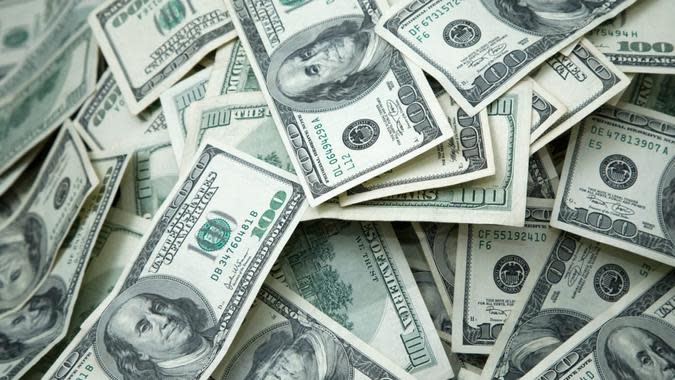
It's Had Three Major Redesigns
The $100 has featured Benjamin Franklin since its inception over a century ago, and there have been tweaks through the years. The note has had three major redesigns to incorporate updated security features, however, coming in 1990, 1996 and 2013.
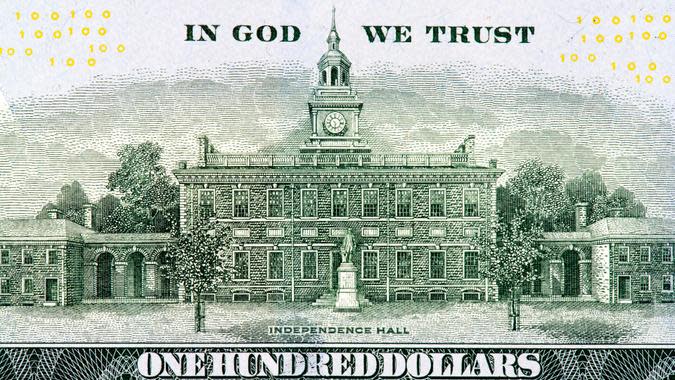
"In God We Trust" Started Appearing in 1966
The phase "In God We Trust" was adopted as the official motto of the United States back in 1956 -- beating out "E Pluribus Unum" -- but it wasn't always featured prominently on currency. The first record of the phrase appearing on paper currency (the one-dollar silver certificate to be exact) was in 1957, making its debut on the $100 bill nine years later.
See: 6 Richest People in the World You've Never Heard Of
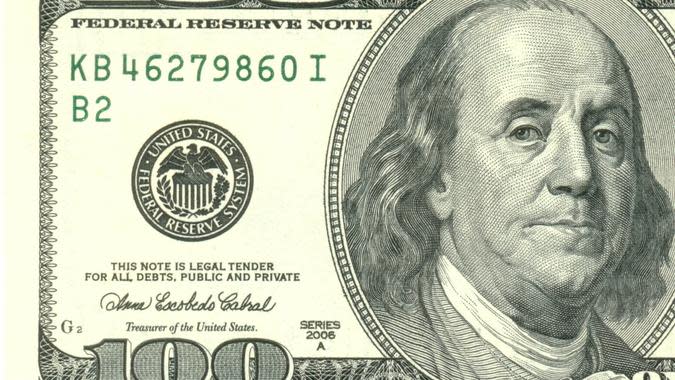
The 1996 $100 Bill Was the First to Get a General Seal
Before new release of the $100 in 1996, each bill contained the seal of a specific Federal Reserve Bank. In 1996, individual seals were replaced with a general seal denoting the entire Federal Reserve System.
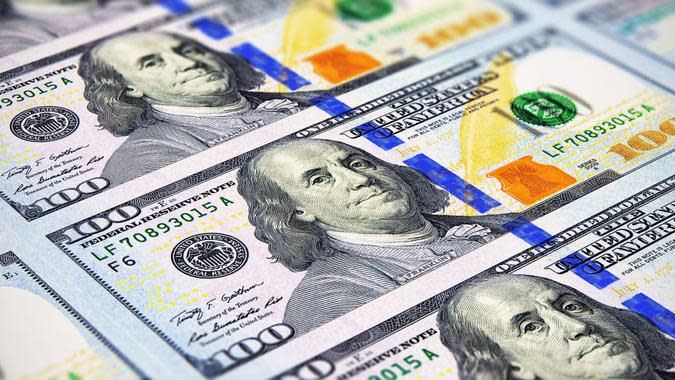
The 2013 Version Was Two Years Late
The most recent release of the $100 bill was originally planned for 2011 but was delayed two years because of new security features that caused the notes to crease during printing. The end result was that some of the bills were filled with blank spaces.
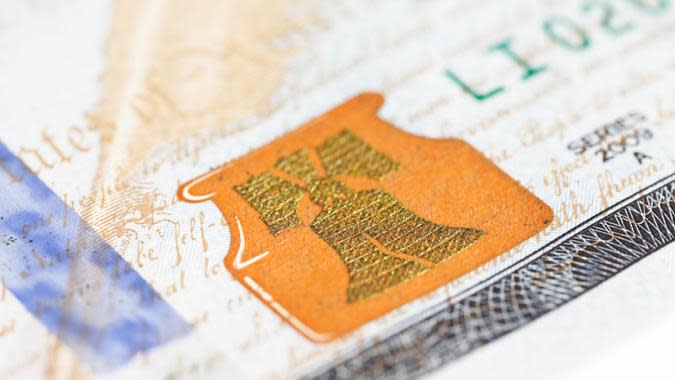
The Ink in the New $100 Can Change Color
Your mind isn't playing tricks on you -- the newest (2013) redesign of the $100 does, in fact, change color. The lower right corner has the capability to shift between copper tones to traditional green when in the light. According to Esquire, this is thanks to the ink containing microscopic metallic flakes that reflect various wavelengths of light.
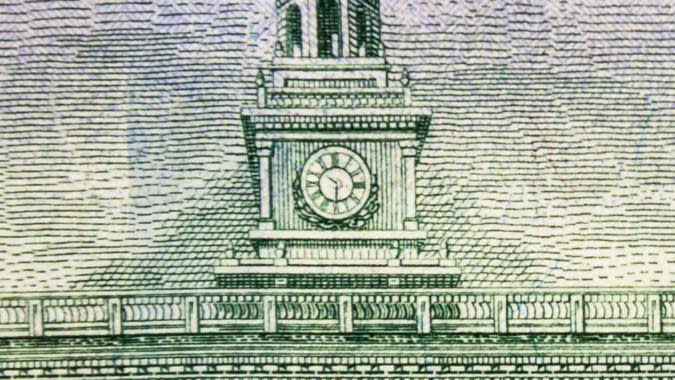
The Time on the Clock Was Changed on the New Bill
If you have an eye for detail, you might have noticed that the time on Independence Hall's bell tower clock on the back of the old $100 bill read 4:10. It was changed to 10:30, however, on the newer ones.
No one seems to know why either of these times was chosen, but both images -- the north and south views -- were engraved by J.C. Benzing in the 1920s. It is assumed that he took pictures of the building at different times of day, which would explain the clock discrepancy.
More: Here's How Much Money Experts Say You Should Have in Your Savings Account If You're in Your 50s
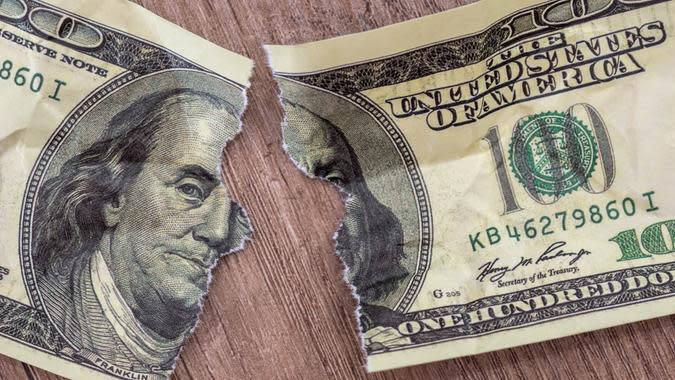
The Paper Is Unique
Though it might seem like it, our money isn't printed on paper at all -- at least not in the traditional sense. Whereas books and newspaper use wood pulp for their pages, Federal Reserve note paper is composed of 25 percent linen and 75 percent cotton, which gives it its trademark rich texture. It also has red and blue security fibers built in.
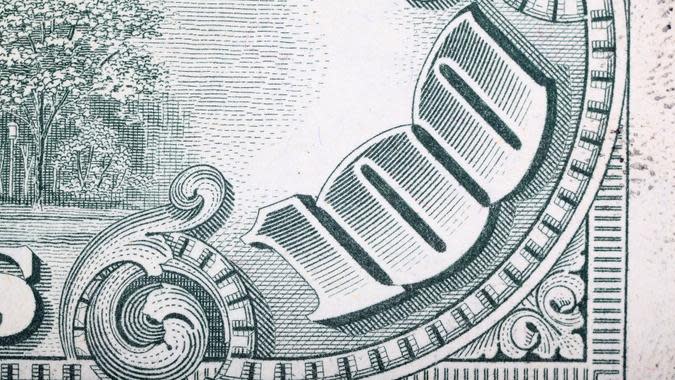
Crane & Co. Has Made the Paper Since 1879
Crane & Co., which got its start in Massachusetts, has been producing the paper for the $100 bill and all other American notes since 1879. In 1844, the company became the first to embed silk threads in banknote paper, according to its website.
Crane & Co. has also created several anti-counterfeit measures, including advanced security threads, watermarks, planchettes, security fibers, special additives and fluorescent and phosphorescent elements. Spotting the fakes in distribution is a huge problem, but sometimes keeping your money away from criminals is just as hard.
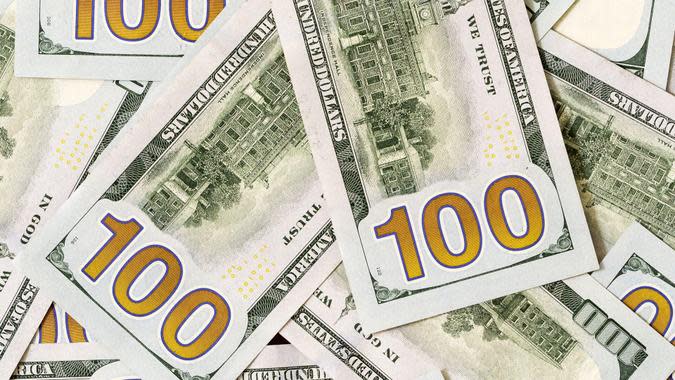
It Has a Cue for the Visually Impaired
Chances are, you've noticed the large gold 100 on the back of the $100 bill, but it's not a flashy design touch. The 100 was put in place to help people with visual impairments distinguish the bill from other denominations.
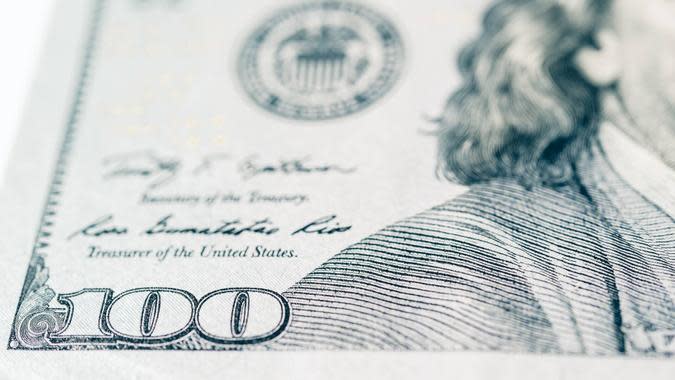
Benjamin Franklin's Shoulder Is Rough to the Touch
If you've ever run your finger over Benjamin Franklin's shoulder on the $100 bill, you might have noticed it's rough to the touch on the left side. This is not a flaw unique to your particular bill; it's actually caused by the enhanced intaglio printing process used to produce the portrait.
Find Out: 10 Best Cash Advance Apps That Cover You Until Payday
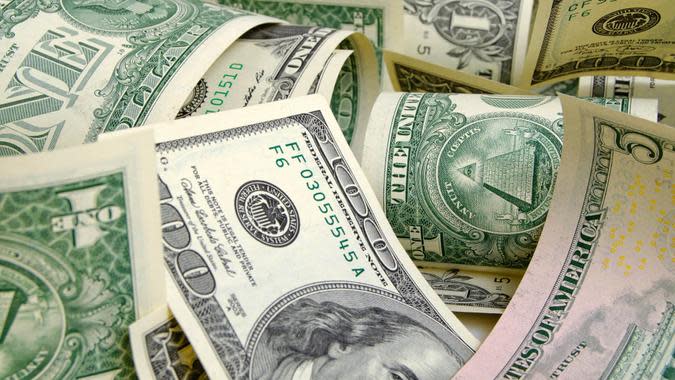
It Has a Longer Lifespan Than All Other American Bills
The $100 bill has an average lifespan of 15 years, according to the U.S. Currency Education Program. In comparison, the $1 bill lasts an average of 6.6 years, the $5 bill averages 4.7 years of use, the $10 bill gets 5.3 years, the $20 bill lasts 7.8 years and the $50 stays strong for about 12.2 years. The $100 bill is held more by its owners than lower-denomination bills, which pass from one hand to another frequently. Therefore, it will last longer before wearing out, per the program.
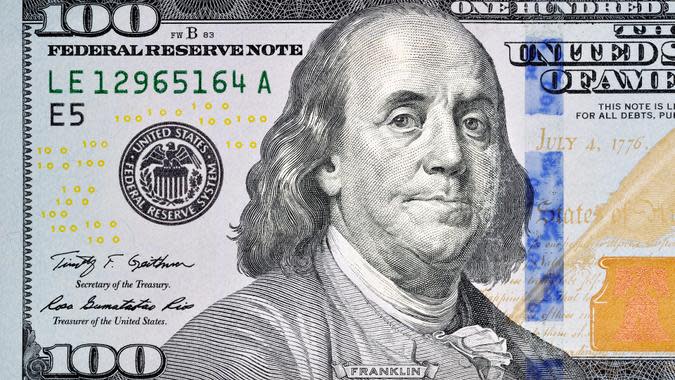
The Portrait of Ben Franklin is Off-Center
After the latest redesign of the currency in 2013, Benjamin Franklin was removed from his portrait frame and placed off to the side for the first time in the bill's history.
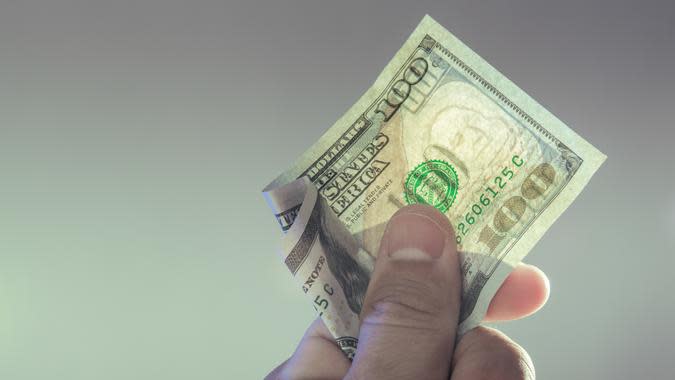
There's Two Ben Franklins (If You Look Hard Enough)
The 2013 redesign of the bill featured a plethora of new security features -- one of which was a second portrait of Ben Franklin when held up to the light. The watermark of Franklin looks fuzzy, thanks to the linen content featured in American currency. If money was printed on all cotton, there wouldn't be a bleed.
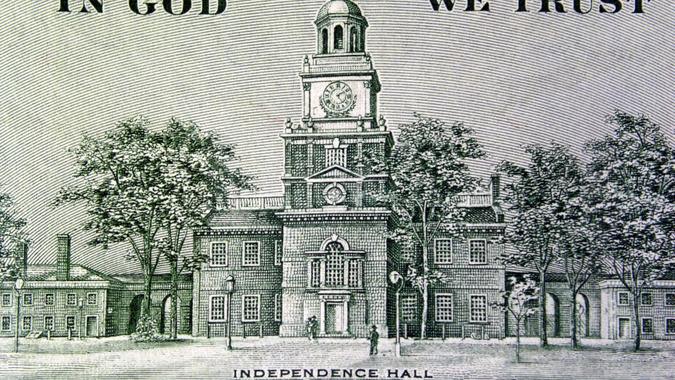
Same Building, New View
The $100 bill has long featured a depiction of Independence Hall, which is a huge factor in Franklin's lore. The newest 2013 redesign also features a new engraving that shows the back of Independence Hall instead of the iconic front.
Learn More: Why Stealth Wealth Is the Best Way To Handle Your Money
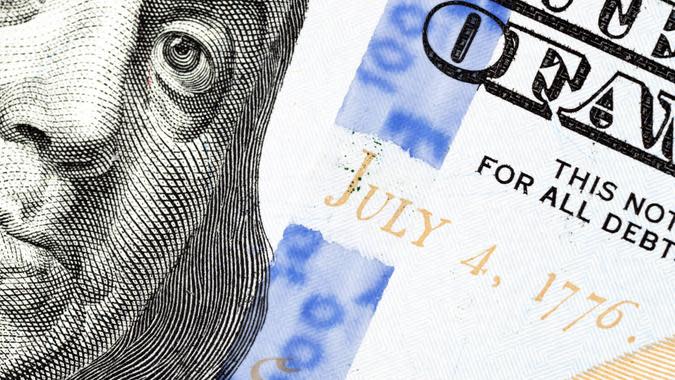
It Features a Top-Secret Ribbon
To improve security, the U.S. Department of Treasury rolled out new plastic ribbons as part of larger currency to help deter counterfeiting. Even though the most recent $100 bills look as though the plastic ribbon was interwoven into the very fabric of the bill, it wasn't -- according to Esquire, the bill is actually created around the ribbon itself in a top-secret process.
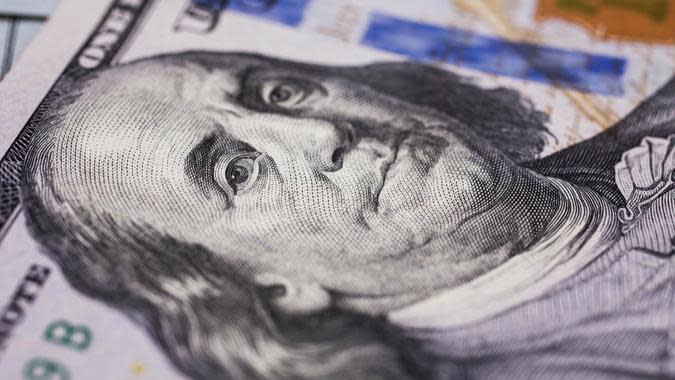
Be Sure to Check the Extremely Fine Print
If you check near Franklin's collar, you'll find an engraving present on the latest edition of the bill -- and it harkens back to an original portrait painted of the Founding Father by Joseph Siffred Duplessis in the 1780s.
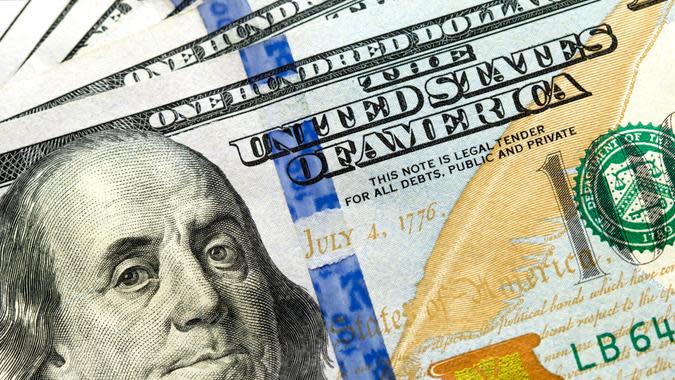
The 2013 Design Uses a Feather to Draw It Together
The newest redesign also features another icon that is integral to Franklin's tale -- a feather quill. The quill, along with its companion the inkwell, were drawn by artist Brian Thompson.
More From GOBankingRates
Financial Insight in Your Inbox: Sign Up for GBR's Daily Newsletter
What's the Best Small Business in Your State? Vote For Your Favorite
Rachel Farrow, Krista Baum, and Jami Farkas contributed to the reporting for this article.
This article originally appeared on GOBankingRates.com: 25 Things You Never Knew About the $100 Bill
